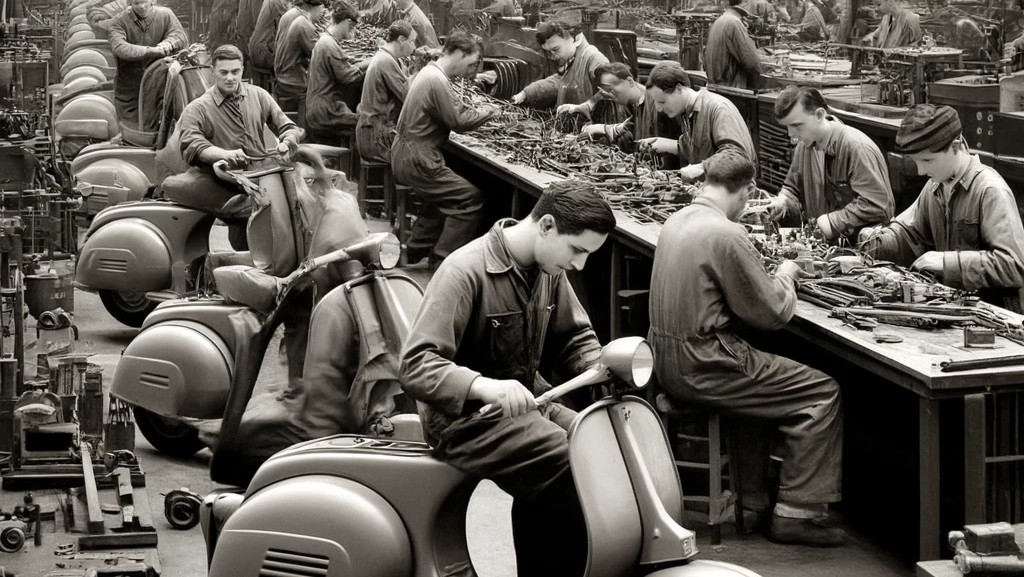he Vespa, a name synonymous with style, freedom, and innovation, has reached a milestone worth celebrating—75 glorious years of revolutionizing the world of two-wheeled travel. This article delves into the fascinating history of Vespa, its cultural impact, and the reasons it remains an enduring icon.
A Brief History of Vespa
When World War II ended, Italy faced significant economic challenges, and there was a pressing need for affordable transportation. Enter Piaggio, an aircraft company that pivoted to creating scooters. In 1946, the first Vespa rolled off the production line, designed by aeronautical engineer Corradino D’Ascanio. The scooter was an instant hit, thanks to its innovative design, affordability, and practicality.
The Evolution of an Icon
From the classic Vespa 98 to the modern electric models, the Vespa has continuously evolved. Each iteration brought new features and improvements, yet the core essence remained unchanged—a stylish, reliable, and fun mode of transportation. Let’s take a ride through the decades:
- 1940s-1950s: The Birth of Vespa
- Vespa 98 (1946): The original model, with its distinctive wasp-like shape, set the stage for future designs.
- Vespa 125 (1948): Introduced more power and practicality, quickly gaining popularity.
- 1960s-1970s: Cultural Phenomenon
- Vespa GS 150 (1955): Known for its performance, it became a symbol of the “La Dolce Vita” era.
- Vespa PX (1977): A robust model that appealed to both young riders and seasoned enthusiasts.
- 1980s-1990s: Global Expansion
- Vespa PK (1983): Embraced new technologies while retaining classic charm.
- Vespa ET4 (1996): Celebrated the 50th anniversary with a sleek, modern design.
- 2000s-Present: Embracing Innovation
- Vespa LX (2005): Combined retro aesthetics with modern functionality.
- Vespa Elettrica (2018): Marked Vespa’s entry into the electric vehicle market, ensuring its relevance in a sustainable future.

